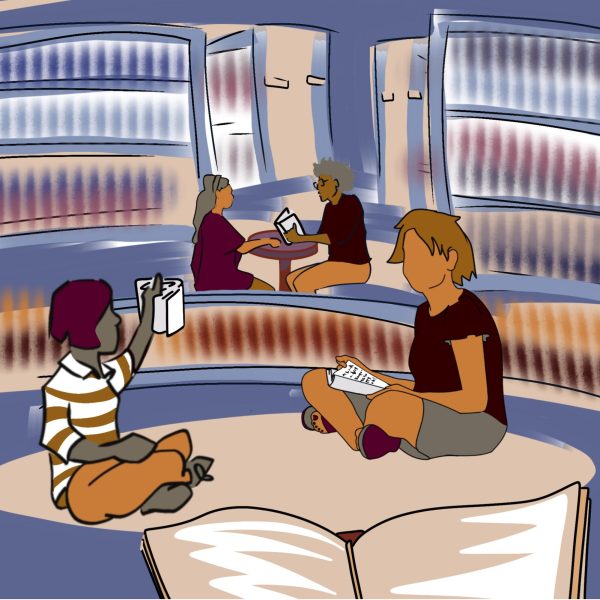OPINION: Masculine Misconceptions: Positive masculine role models
October 23, 2018
Last week, I wrote about the misconceptions surrounding toxic masculinity, insecurity and Kanye West. Now, I want to focus on the other aspects of masculinity: the positive, mature masculine ideal and how we can attempt to be more like these guys. It’s perfectly fine not to be masculine. I don’t want anyone to think I’m saying, “it must be this way,” but for those who feel they lack masculinity and want to better understand how it works within themselves, thinking about positive role models will be a good start.
When we think of the term “masculine,” we often associate it with “manly” men like Nick Offerman, those who chop wood in the morning, wrestle bears, rip phone books in half and bathe in the blood of their enemies — OK maybe not the last one (Happy Halloween?). This is certainly not a bad thing, nor is it something every man should try to live up to.
Another form of masculinity we often think of is the James Bond archetype. If you haven’t heard of the guy, he’s a spy who is apparently great at absolutely everything. He even understands that shaking a martini will dilute the drink so he doesn’t become so inebriated he can’t fight off villains while also getting the girl. Again, he’s cool, but he’s not something that every man should feel like they have to emulate.
These ideas of what masculinity should be are next to impossible to actually achieve, but looking up to characters such as Bond, Bruce Wayne (he’s Batman!) or Offerman can give us an idea of what positive masculinity can be.
Terry Crews is another great example. He is an incredibly hard worker. Take
one look at the dude and you’ll go,
“This guy works.” Crews also isn’t afraid to be vulnerable, bringing to light his personal traumas during the peak
of the #MeToo movement.
Offerman has an entire stand-up routine called “Ten Tips for a Prosperous Life.” Among them includes saying “please” and “thank you,” having a hobby, going and remaining outside, avoiding the mirror and — of course — eating red meat. Of course, we do not have to eat red meat to have a prosperous life, but these tips include examples of masculine traits everyone can and should achieve.
Your favorite athlete is likely also a good role model. They are a representation of freedom, the ultimate masculine desire. The athlete, male or female, is on a mission for victory, for achieving a goal and for achieving freedom. The framework of a sport allows individuals working together to achieve ends based solely on their abilities and teamwork. It simulates war, facing “death” (failure) and achieving victory. The athletes we support lay their bodies on the line to achieve their goals, and if we use them as role models, we too can find our own paths to “victory,” whatever that means for each person.
I’m not saying you should attempt to emulate these people in place of your own personality. But, because masculinity is so often misunderstood, it helps us to understand positive role models and how they can help us better ourselves. If you want to grow a beard, chop wood, eat red meat, wrestle bears, fight villains, drink martinis, lift weights and play sports, then go right ahead! If you don’t want to do any of that, then don’t, of course.
Understand these things don’t define masculinity; they are just manifestations of masculinity, the desire for mission and for freedom. We should look to these role models because the traits of strong characters can be models for our own desires and achievements.
Scott Rainey is a columnist. Contact him at [email protected].

























